The IAA Mobility event for 2021 was hosted in Munich, Germany, and for this reason has become the show where future electric vehicles (EVs) and concept cars were presented that, sooner or later, we will see whizzing on the roads from all over Europe and beyond.
The event was the first in the industry to take place “in person” after various postponements due to restrictions for the COVID-19 pandemic. Real cars have finally been admired rather than “digital” previews which were, inevitably, the leitmotif of the presentations of new vehicles during the pandemic.
The IAA at the Munich Auto Show may not have been as big a showcase as it did for many years when it took place in Frankfurt, but nonetheless, with auto makers working hard to produce electric vehicles , and at the same time they also delight in some concepts surprises were not lacking more out of the ordinary.
Concept and EV at the Munich Motor Show
Below are the best cars and concept cars that were unveiled at the IAA Mobility 2021 at the Munich Motor Show.
BMW i Vision Circular (concept)
Its name “Circular” is more than a nod to the message this car is about: circular economy. Apparently 100% of its materials come from recycled sources. Looking at it, one might think of this concept i Vision as a kind of reimagined version of the BMW i3. The Circular is larger than the now discontinued EV, of course, with a four-seat configuration. This vision of an all-electric future is slated for the year 2040, it seems, so there’s no chance of seeing it on the roads any time soon.
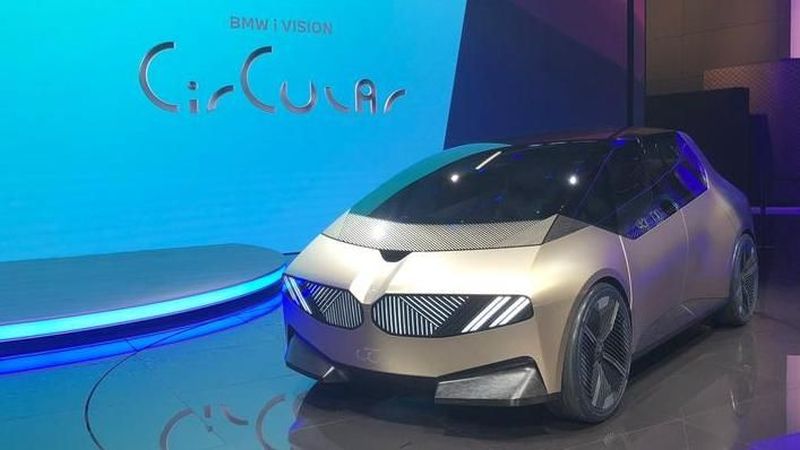
Polestar Precept (concept)
Polestar’s Precept concept was supposed to appear in Geneva 2020, but after the event was canceled it was only shown a handful of times. At the IAA – at the Polestar stand in the center of Munich, away from the Messe pavilions which are located east of the city – the car took pride of place. Although a concept, this is a glimpse of Polestar’s future vision: high-end, elegant, all-electric, with sustainability in the foreground, it’s the kind of car that will give the Audi e-tron GT a viable competitor (and perhaps less expensive).

Smart Concept #1
Smart really pushed the ‘reset’ button with its Concept # 1 – a much broader and brighter view of its early city cars. This is not surprising as it is now owned by Geely, with Mercedes continuing to be responsible for the design. The foundation of the Smart is that of the Merc EQA, but its visual aesthetic is far from the same – the interior, dripping with rose gold on nearly every accent, is definitely designed to captivate. It can be called a nice breakthrough for the brand, and probably necessary given the slump in its international sales in recent years. A roadworthy version (with various changes, no doubt) is expected to arrive from 2023, so it’s not quite as fully “Concept” as the name suggests.
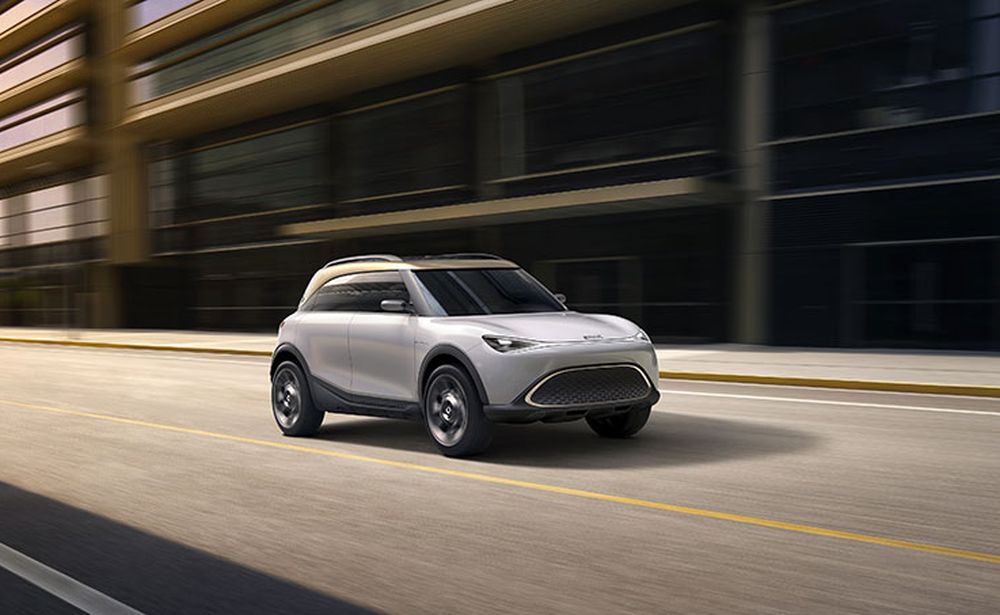
Audi Grandsphere (concept)
Audi continues to build on its design language quite unlike any other of its German rivals, with a more subtle style evolution than those of the likes of BMW. The Audi Grandsphere, which is effectively based on a future all-electric A8, is a luxury sedan with plenty of interior space, ideal for carrying a high-end clientele around. There is no denying that there is an Aston Martin air about this Grandsphere. Most likely in the next few years the evolution of this concept will turn into a super top of the range A8. Maybe for 2025? Let’s hope…
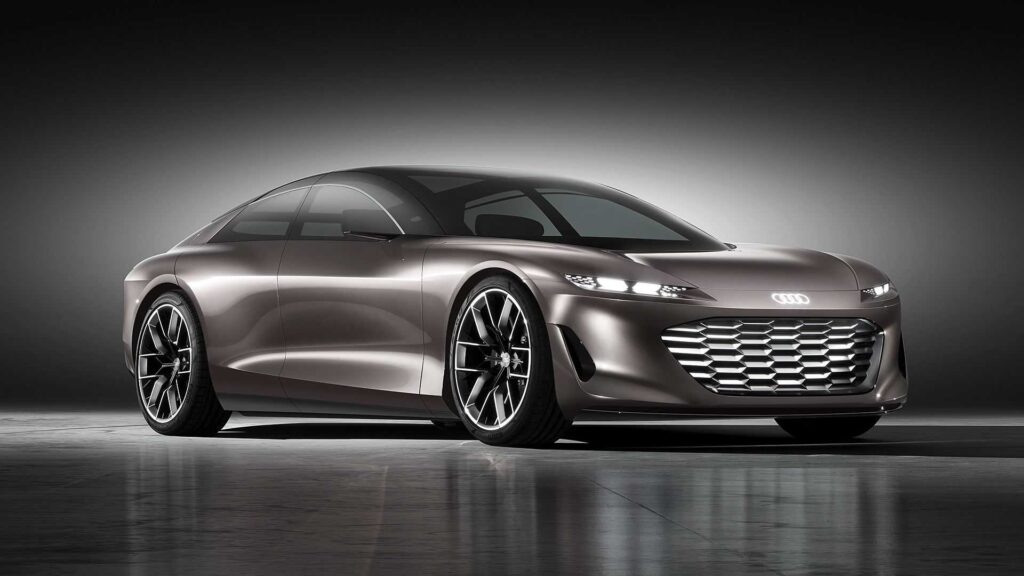
Mercedes EQG (concept)
One of the models that certainly attracted the attention of those present at the Munich Motor Show was the Mercedes EQG concept, which takes up the classic “body” of the G-Class and gives it back in a more current and completely electric style. It’s a concept car, but only by a whisker, as we expect the final EQG production to be largely similar. Visually speaking, the electrified G-Class maintains the tall and sturdy look, but without a combustion engine under the hood. Now it also shows a more delicate front: the illuminated grille and rounded robot-like headlights carve out a distinctive figure like in the strings of the EQGs.
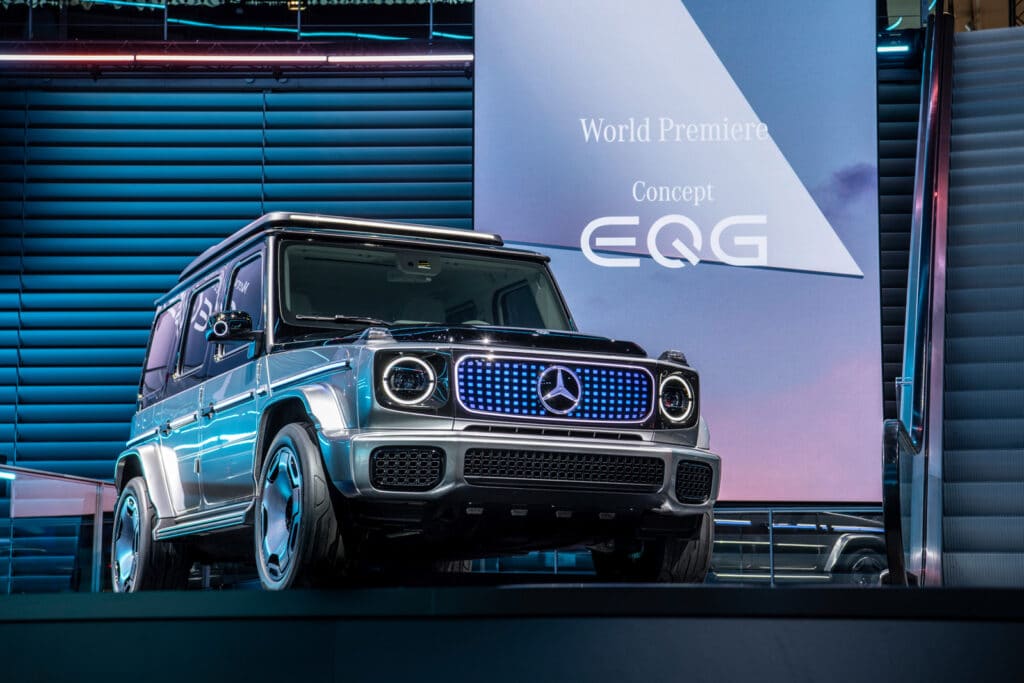
Renault Megane E-Tech
If there is a car shown in Monaco to represent the homogenization of electric vehicles, it is the Megane E-Tech. Renault’s new electric picks up all the good and the good in the industry right now: there’s the SUV style and onboard technology that, with Google integrated, is very similar to what you’ll find on a Polestar 2. However, it is not suitable for particularly long journeys, as the 40kWh or 60kWh batteries allow you to travel 300 km and 470 km respectively (WLTP data). Ideal as a city runabout or commuter vehicle, and (hopefully) competitively priced, this could likely be a popular option when it goes on sale in 2022.
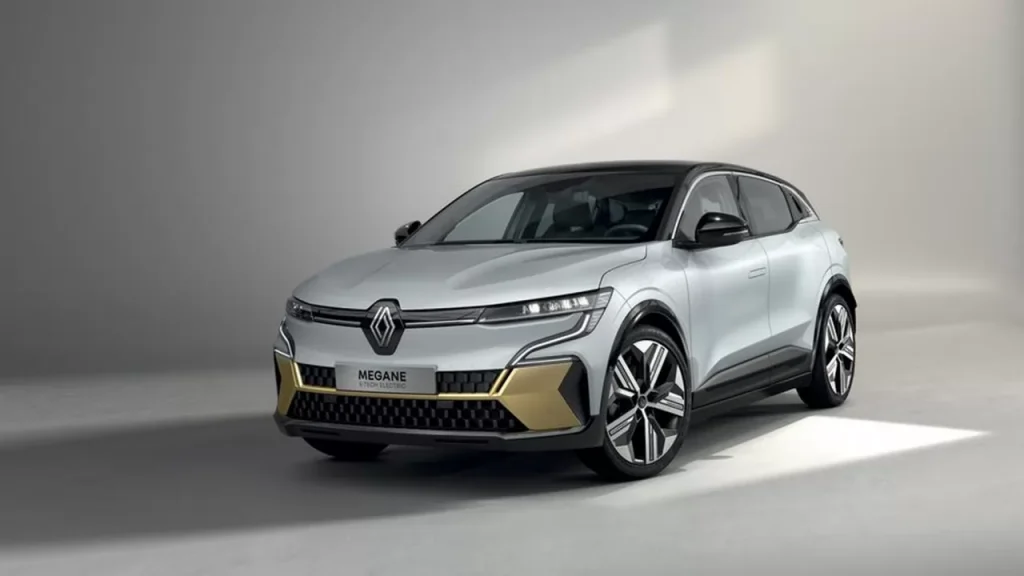
Mercedes EQE
The first revelation of the EQE showcases the all-electric E-Class, which sits below the EQS in the Mercedes range, offering a slightly shorter, more compact and elegant sedan. There are plenty of details on that too, as its production date in mid-2022 will see it on the road by 2023. It will come with a 91 kWh battery and 215 kW rear motor, which delivers 288 hp, which is rumored is good for covering 660 Km (WLTP cycle). There will also be a 4Matic all-wheel drive version.
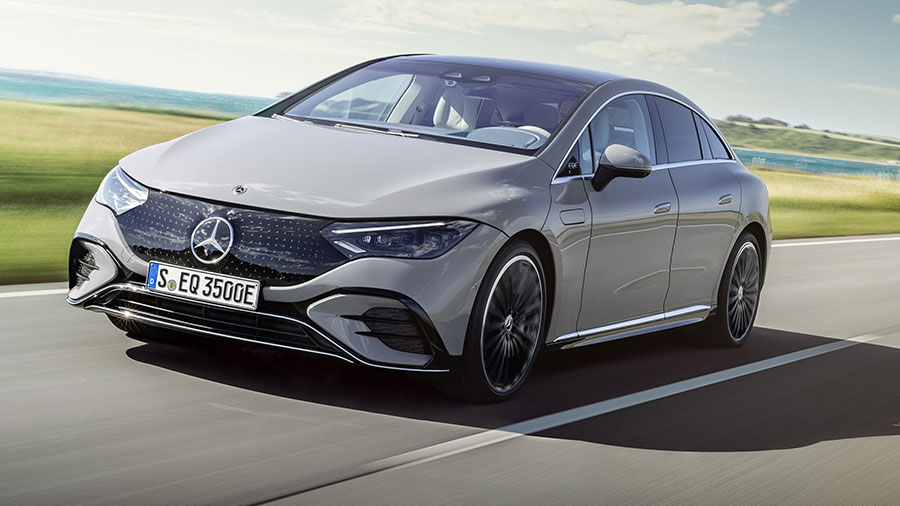
BMW iX5 Hydrogen
The “critical” detail of this new iX5 lies in the “Hydrogen” wording of the name. This is an FCEV – being a fuel cell electric vehicle – that will never see a plug as a real EV, as it uses hydrogen fuel instead, as the name suggests. Hydrogen is supported by a certain number of producers, but the infrastructure to be able to make the classic “full” is currently not very widespread, especially in Italy. That said, given some investment, we think FCEVs are a more logical solution than EV plug-ins. So it’s good to see that BMW continues to support this option.
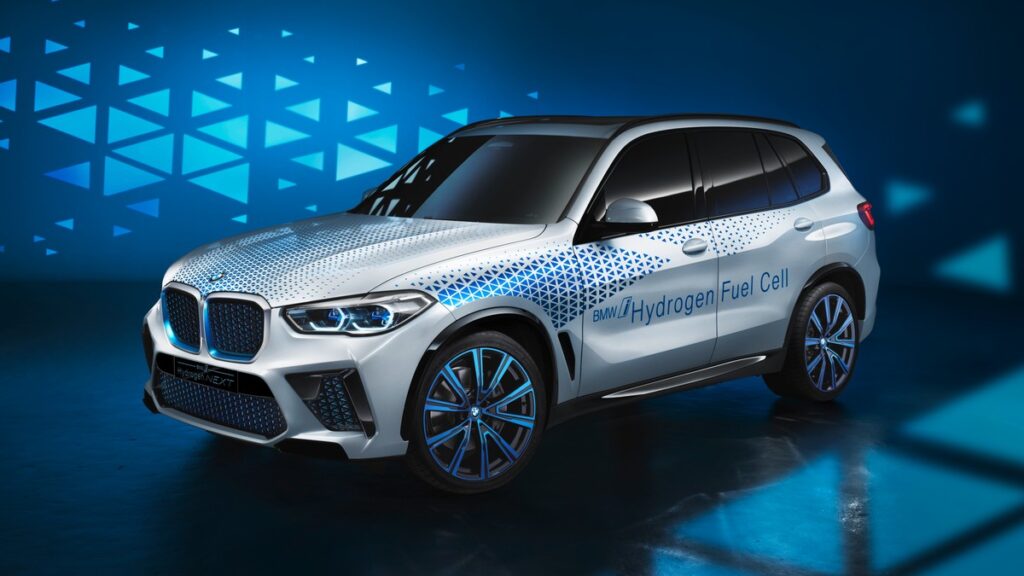
Volkswagen ID Life (concept)
The Volkswagen ID Life, as it is currently called in this conceptual form, will be a really important car for the German brand: in the future it will transform into the ID2 (or perhaps ID1) in the all-electric range, acting as the smallest crossover SUV that is at the base of the options ID3, ID4 and ID5 coming soon. The extremely compact dimensions and digital headlights give a real sense of distinction, and also as something quite separate from the otherwise more ‘sloped’ roof design seen in the ID range. How different it will be will only be seen in 2025, the year scheduled for launch.
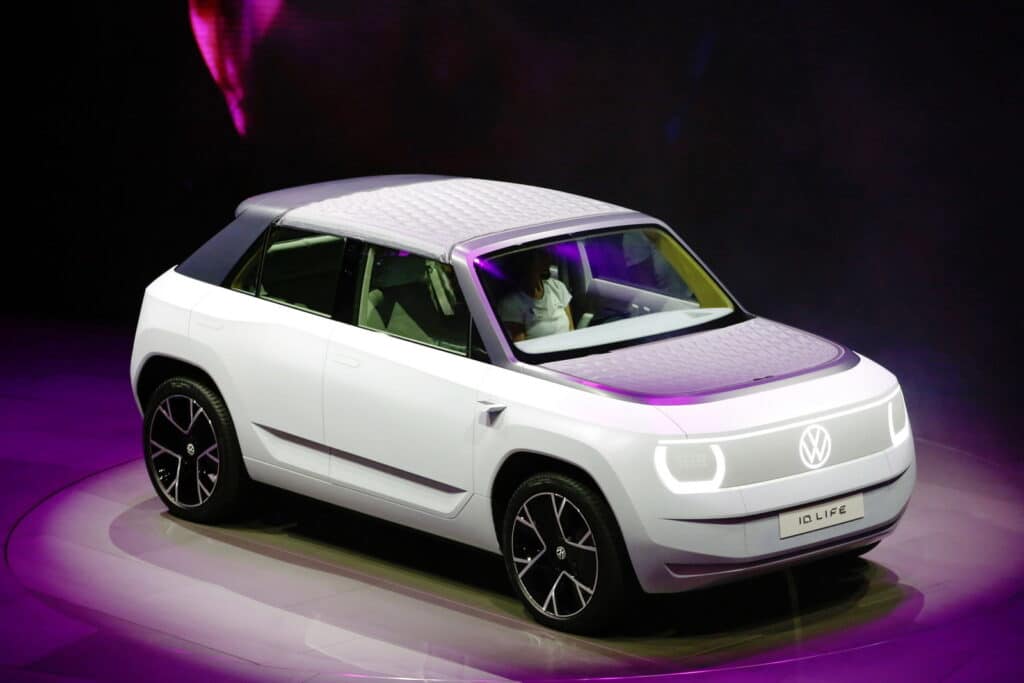







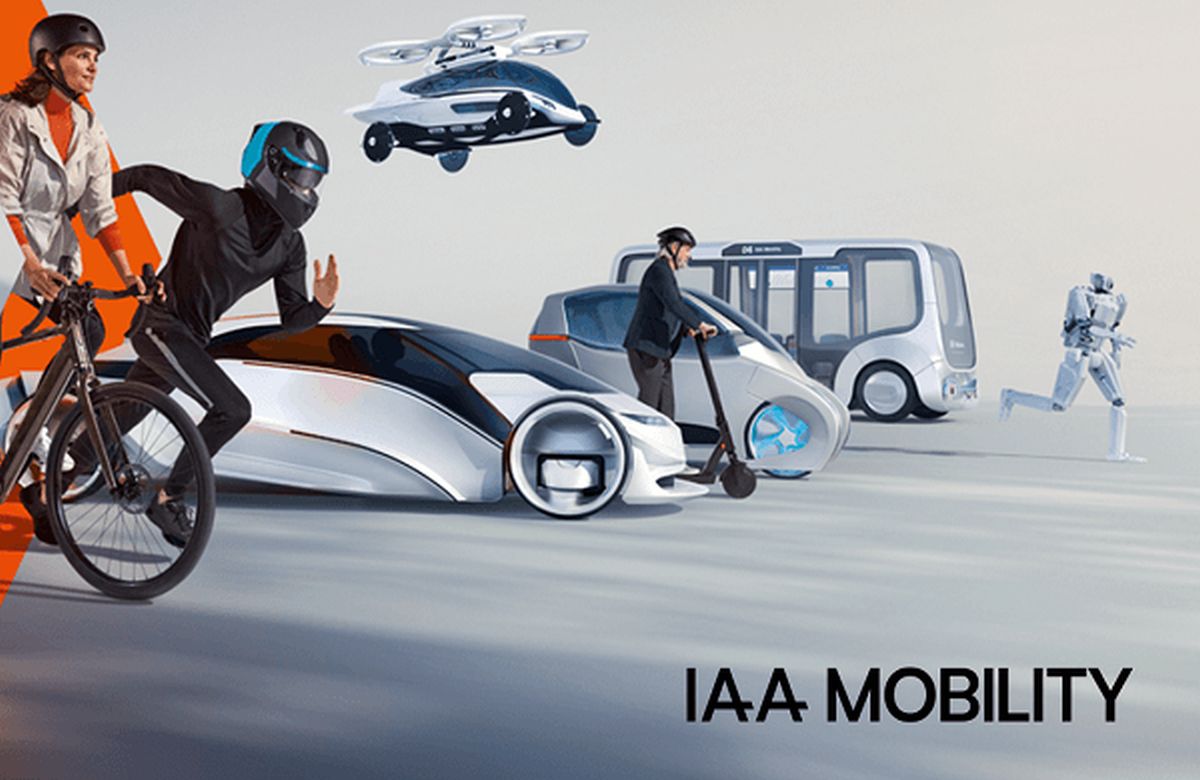








Leave a Reply
View Comments